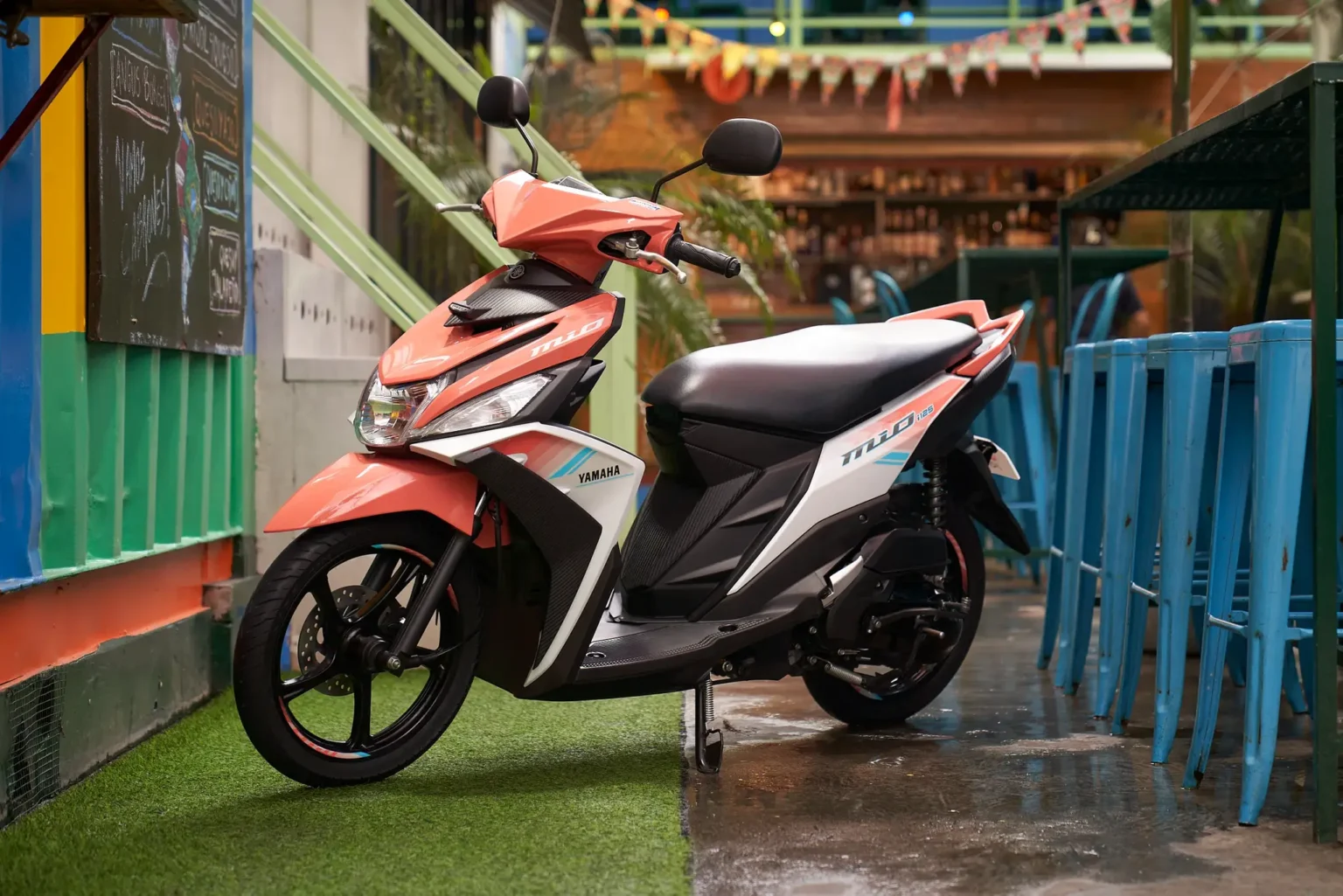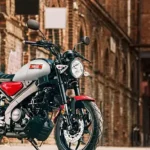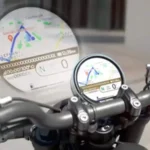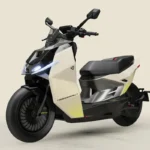Yamaha Mio 125 Honest Review: Still Worth It in 2025?
Let’s be real—if you live in a busy city where traffic feels like a daily boss battle, owning a scooter is almost a necessity. And if you’ve looked into scooters, you’ve definitely heard of the Yamaha Mio 125. It’s everywhere. But is it still a solid choice in 2025? I took it for a good spin to find out, and here’s my no-fluff, real-world review.

First Look: Simple, Sleek, and Just the Right Size
What I adore about the Mio 125 is that it doesn’t try too hard. It is lightweight, small, and sporty enough to look good without drawing too much attention to itself. Sharp lines and brilliant colors give the design a modern yet recognizable sense while making it stick out just enough. Whether you’re going to work, school, or just for coffee, this is the type of scooter you wouldn’t mind being seen on.
On the Road: Zippy and Chill
Under the seat, you’ve got a 125cc engine running Yamaha’s Blue Core tech, which basically means it’s designed to be both fuel-efficient and smooth. It’s not going to blast past cars like a sportbike—but that’s not the point.
For city rides, it’s got plenty of power. It accelerates nicely when the light turns green, handles traffic with ease, and doesn’t feel sluggish even with a passenger. The automatic transmission makes riding super easy—just twist and go. Zero drama.
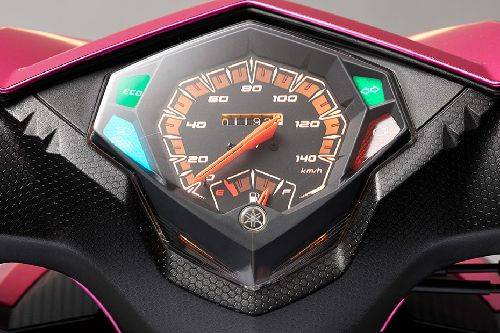
Maneuvering Through Traffic: A Breeze
The Mio is light. Like, surprisingly light. I found it really easy to weave through traffic, make U-turns, and squeeze into tight parking spots. If you’re someone who’s not super confident riding a bigger bike or you’re just getting into riding, this is a great scooter to start with.
The seat height feels friendly, the foot space is decent, and everything’s where it should be. It just feels intuitive.
Fuel Efficiency: Your Wallet Will Thank You
Here’s the part that had me smiling at the gas station. I was getting around 45 to 50 km per liter, and I wasn’t even trying to ride economically. For daily commutes or short errands, this scooter barely sips fuel.
If you’re on a budget or just hate refueling all the time, this is a big win.
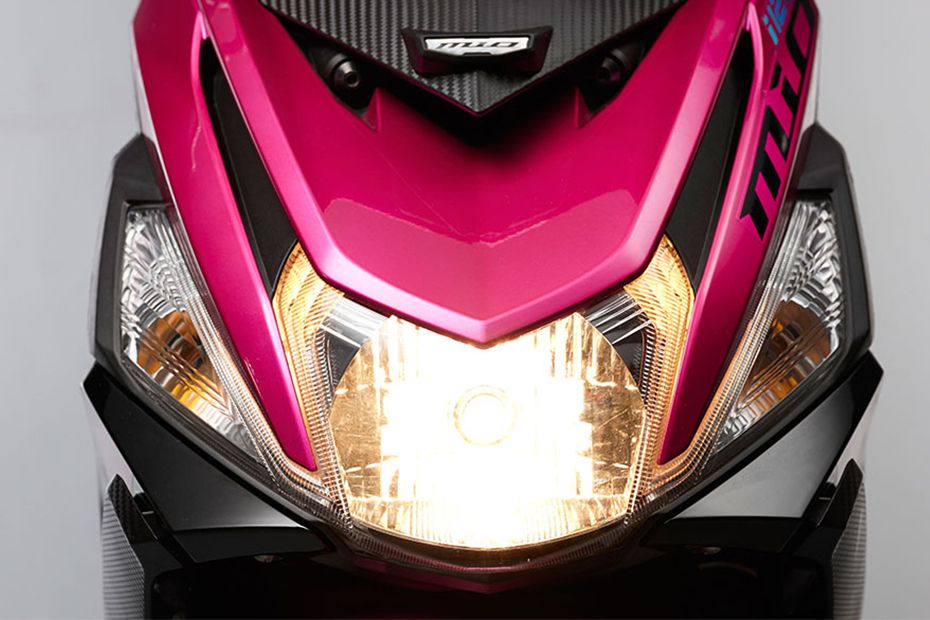
Features That Actually Matter
Let’s talk features—not the gimmicky kind, but the ones that are actually useful:
- LED lights (on some models) help with night rides
- Digital display that’s clean and easy to read
- Decent under-seat storage (fits a half-face helmet and more)
- Side stand engine kill switch – love this for safety
- Tubeless tires – less stress if you hit a nail or pothole
Nothing fancy like phone connectivity or ABS, but honestly, it’s got everything most riders need.
A Few Downsides (Because No Ride is Perfect)
I like being honest, so here are a few things I noticed:
- No ABS – Brakes are okay, but an ABS option would be awesome
- Not ideal for long road trips – You’ll probably want something bigger for that
- Suspension is basic – It’s fine for city roads, but bumpy ones might test your patience
Final Thoughts: Is the Yamaha Mio 125 Still a Good choice ?
Absolutely. If you need a reliable, fuel-efficient, and easy-to-handle scooter for daily life, the Mio 125 is still a solid choice. It’s not flashy, but it just works. It’s comfortable, low-maintenance, and makes daily commuting way less stressful.
In a world full of options, the Mio sticks to what it does best—and it does it well.
—
Have you tried the Mio 125? Got questions or your own experience to share? Let me know in the comments—I’m always up for a good moto chat!


